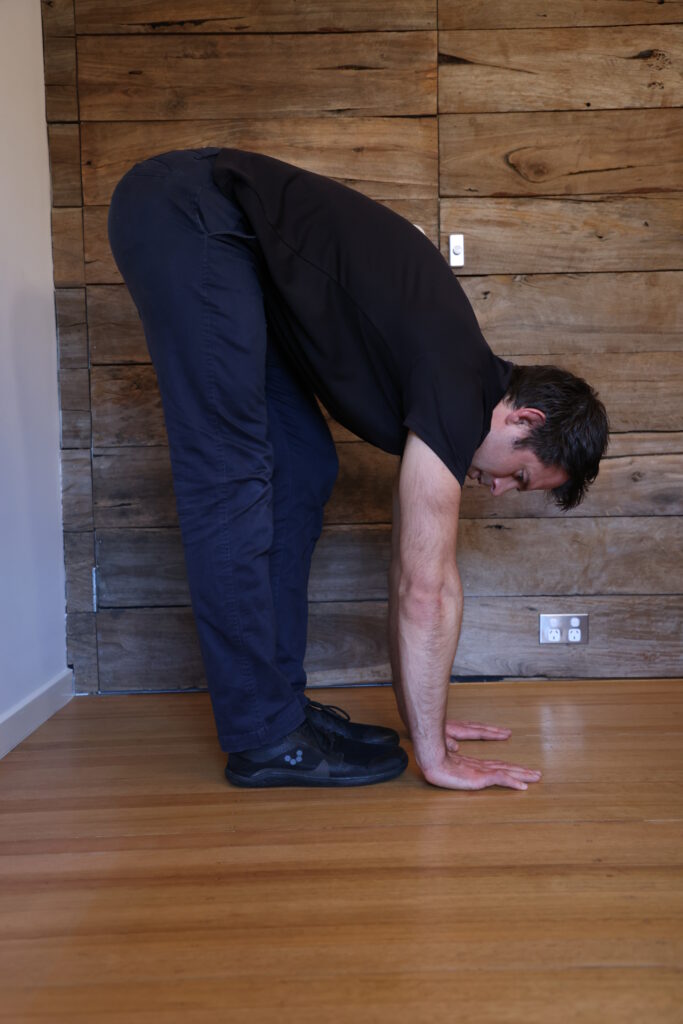Having flexible hamstrings offers several benefits, including increased range of motion in daily activities, reduced risk of lower back injuries, and improved athletic performance.
Increased range of motion: Flexible hamstrings allow for a greater range of motion in the hips/pelvis. This can also translate to greater ease and mobility in everyday activities, like bending over to pick something up off the ground.
Reduced risk of injury: Tight hamstrings can contribute to lower back pain and other injuries, as they put additional stress on the lower back (since the lower back must provide the additional flex that is missing in the hamstrings). By improving flexibility in the hamstrings, you can reduce the risk of strain or injury during activities like deep squats and lifting.
Improved athletic performance: Greater mobility in the hips and pelvis can lead to increased functional performance. This can help with activities like moving through low squatted movements while playing sport. In this scenario, too-tight hamstrings would force your lower back into a weak/compromised slumped-forward posture, causing you to lose stability and power.
A good exercise to work on your hamstring flexibility is the “Alternating Hamstring Stretch March”. To perform this exercise:
- Put your hands and feet on the ground as close to each other as your flexibility allows while standing.
- Try to position your lower back as straight as possible so that the flexion is mainly happening in your hip joints rather than your lower back.
- From this position, completely straighten one of your legs so that you feel the hamstring stretch on that side, then gently flex the knee again and straighten the other side instead.
- You can make the exercise harder by bringing your hands and feet closer together or easier by putting your hands further away.
- Perform 30 slow, controlled straightening movements per leg.

